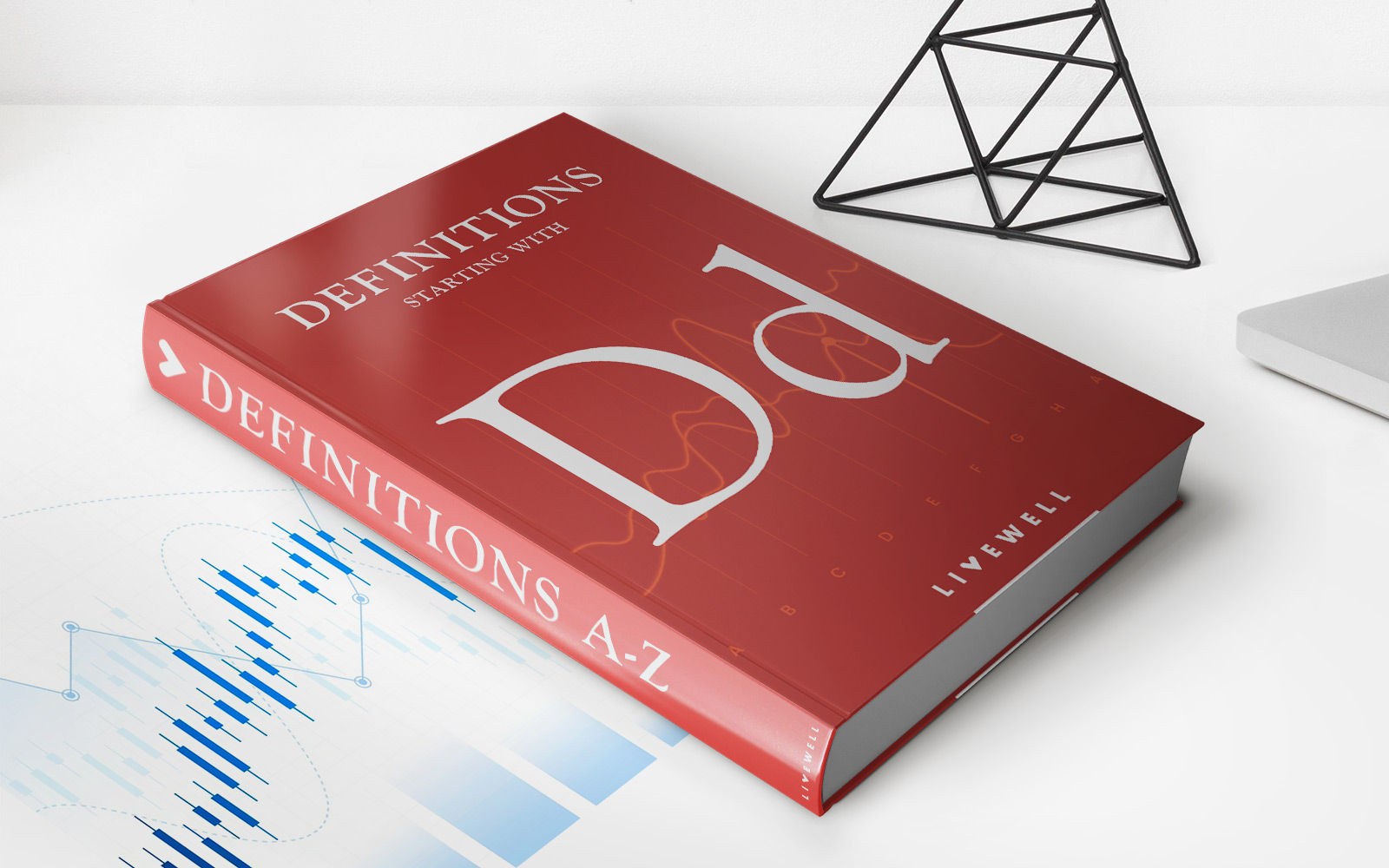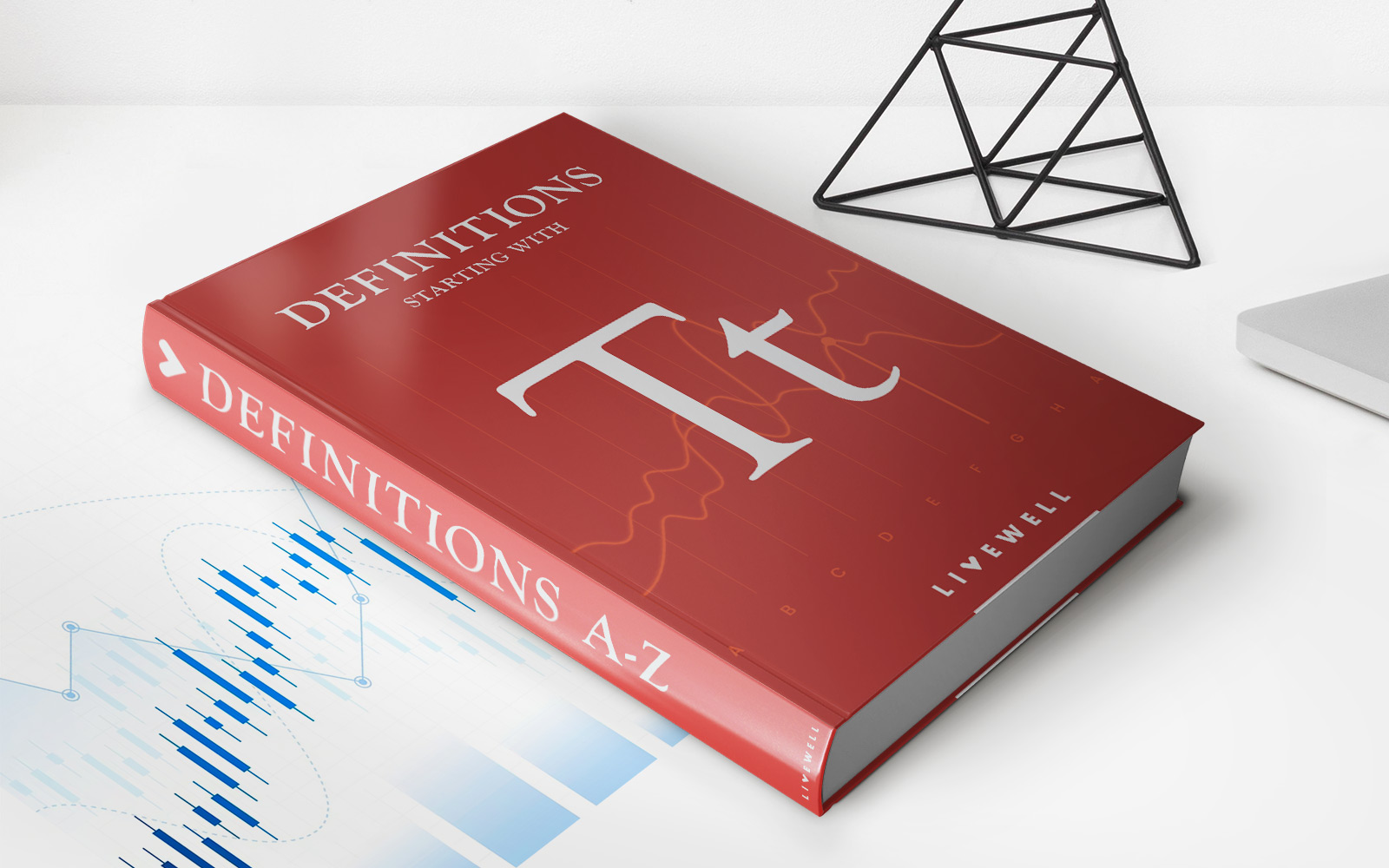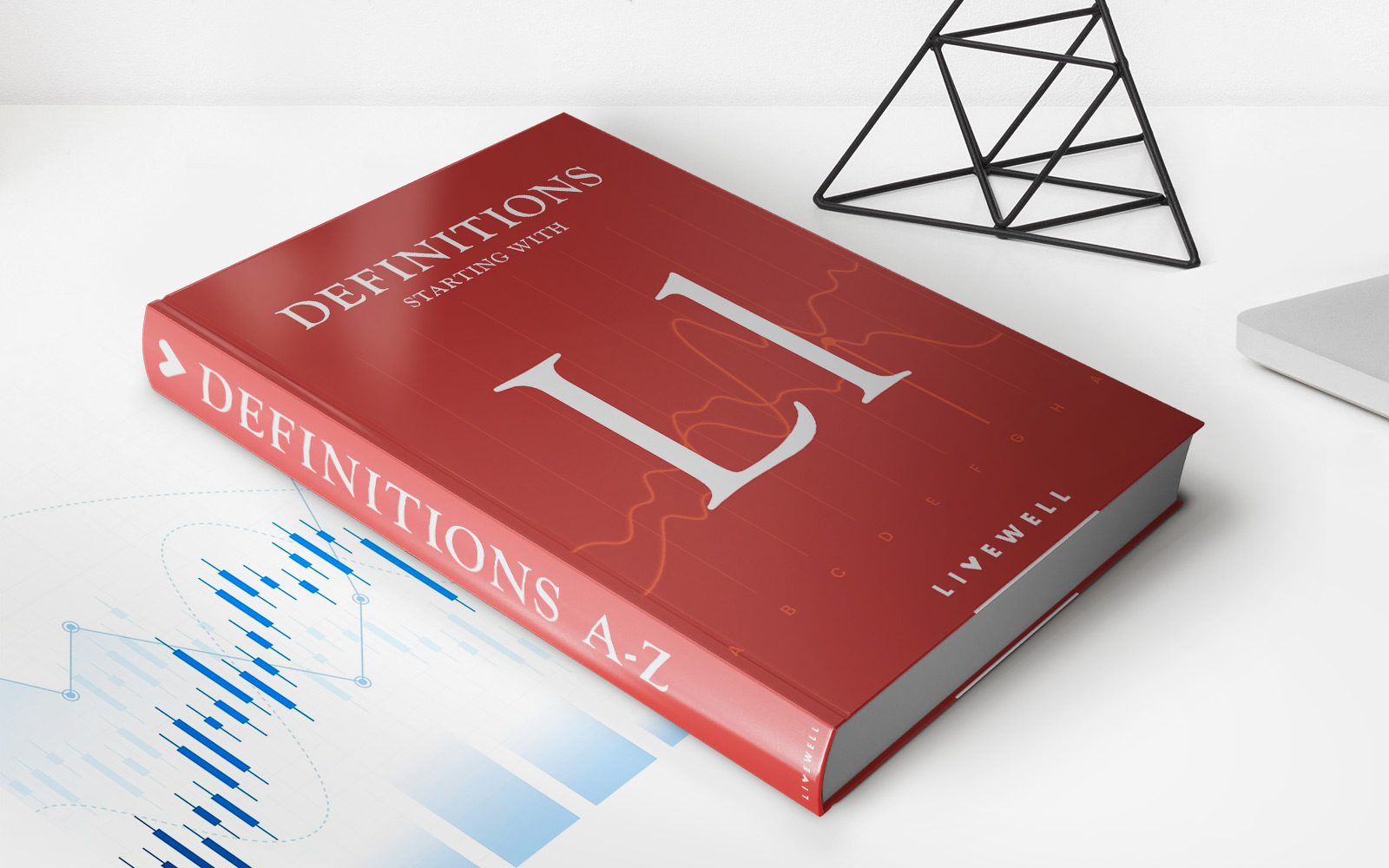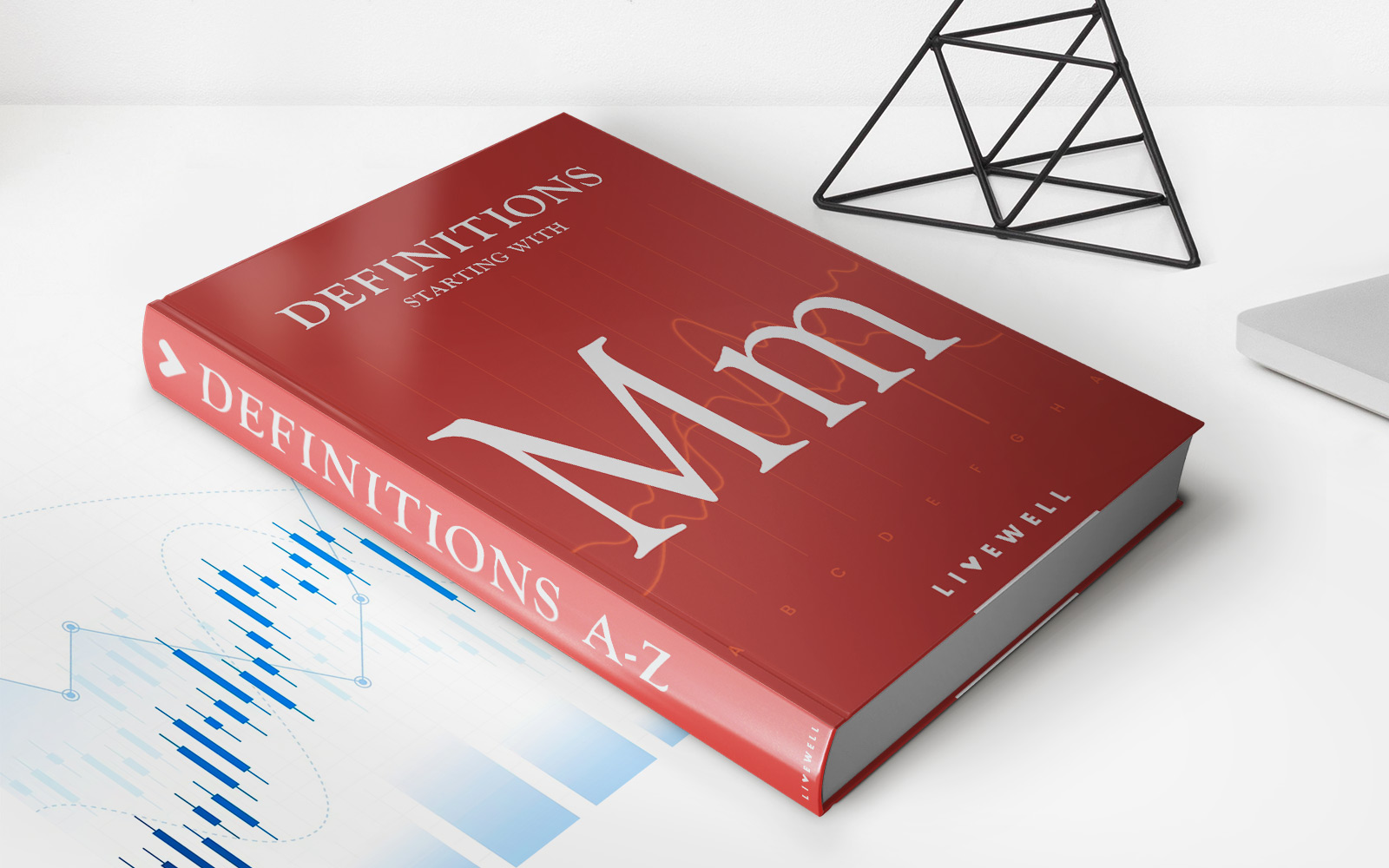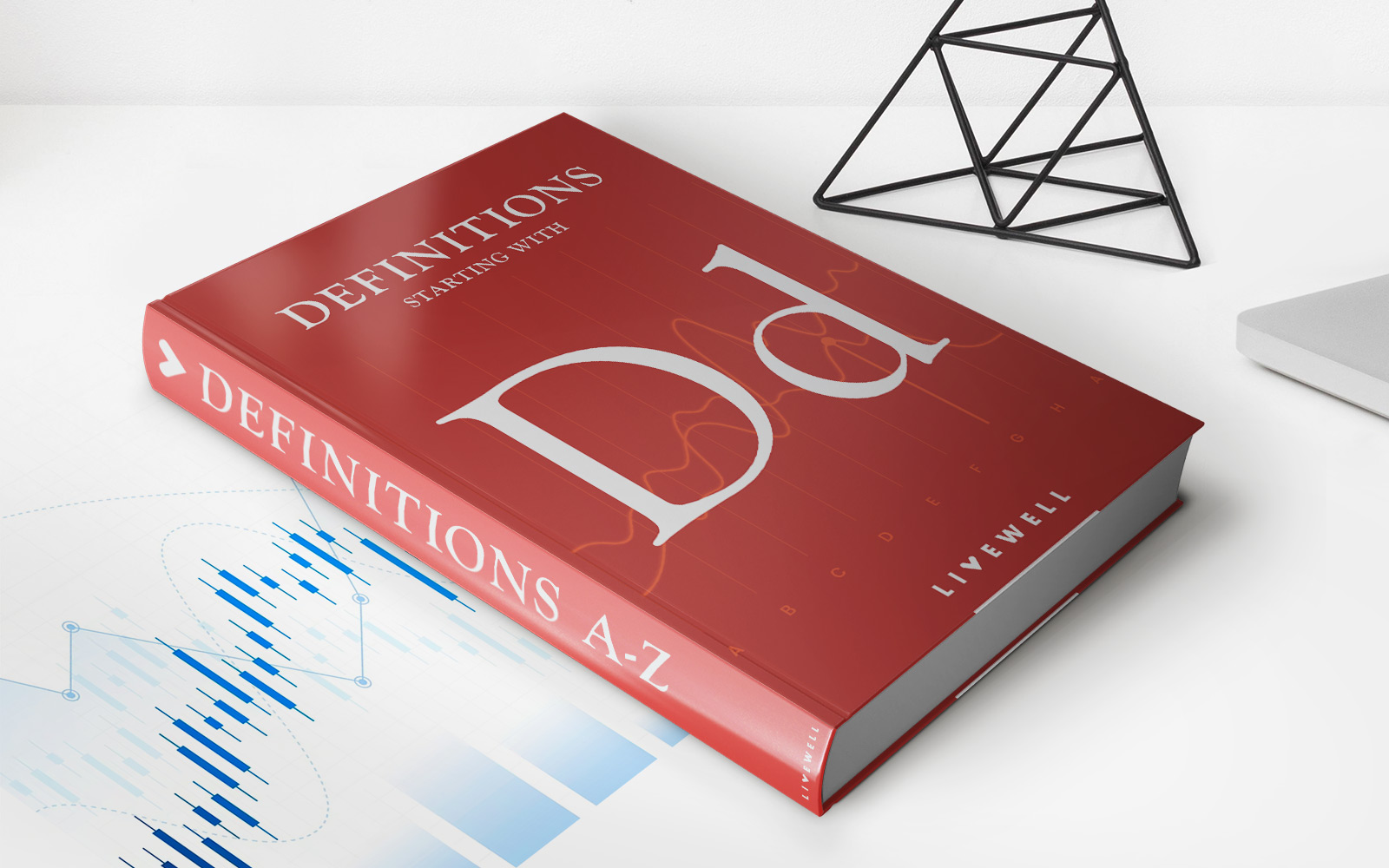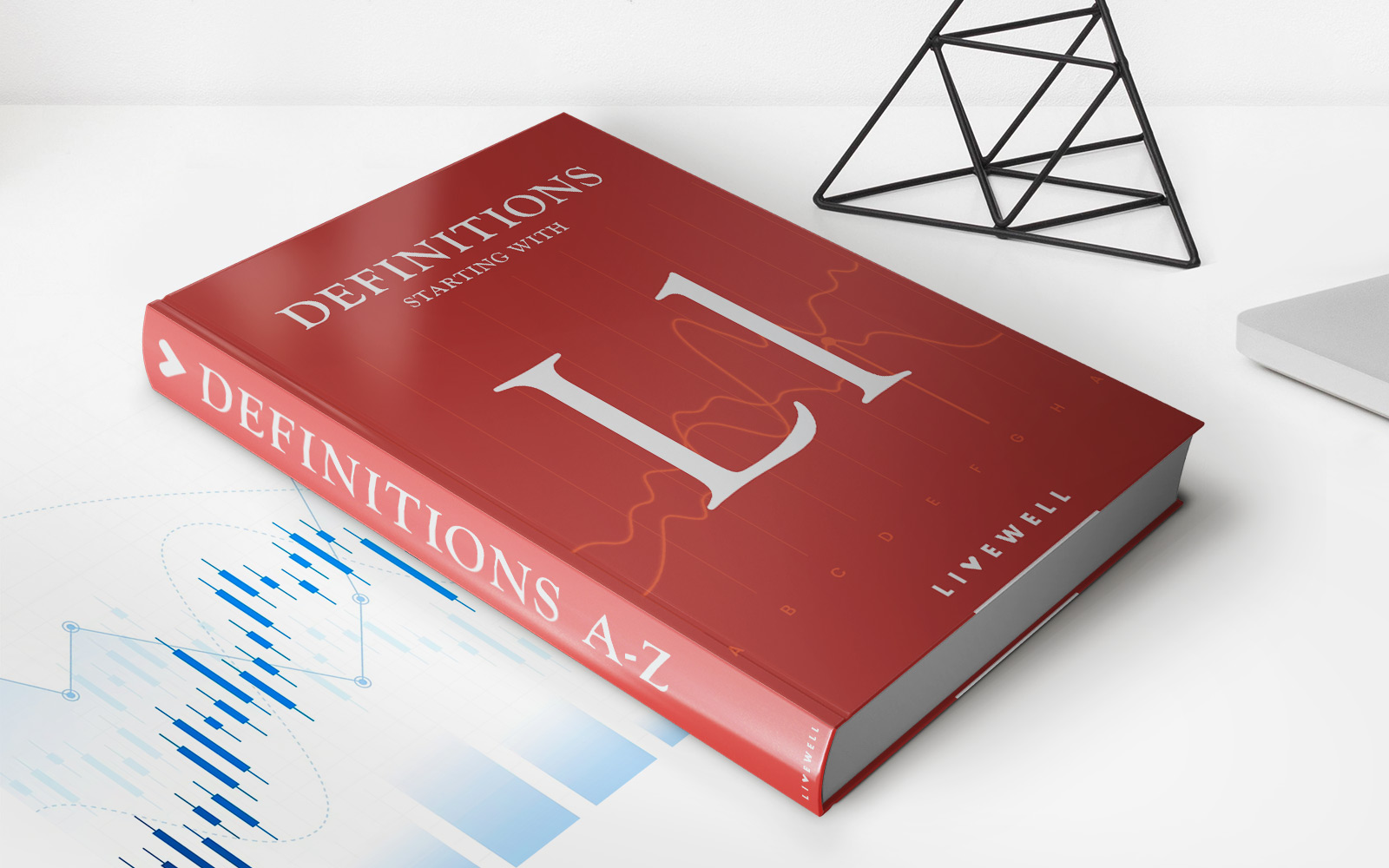

Finance
Limit Move Definition
Published: December 18, 2023
Learn what a limit move is in finance and how it affects trading. Understand the definition and implications of this key concept.
(Many of the links in this article redirect to a specific reviewed product. Your purchase of these products through affiliate links helps to generate commission for LiveWell, at no extra cost. Learn more)
Understanding Limit Move Definition: What You Need to Know
Finance can often seem like a complex and daunting subject, filled with jargon and technical terms. But don’t fret! We’re here to demystify one such term today: the Limit Move Definition. Whether you’re a seasoned investor or just starting out, understanding the concept of limit moves can greatly benefit your financial decision-making. So, let’s dive in and explore what limit moves are all about, why they matter, and how they can impact your investments.
Key Takeaways:
- A limit move is the maximum amount by which a price of a financial instrument, such as a stock or commodity, is allowed to move in a single trading session.
- Limit moves are put in place to prevent excessive price volatility and protect both buyers and sellers.
1. What is a Limit Move?
A limit move is a predetermined maximum price fluctuation allowed for a financial instrument in a specific trading session. It serves as a safeguard against extreme price swings that could be disruptive to the market. The limit move is typically set as a percentage or a fixed amount that the price can increase or decrease from the previous session’s closing price.
2. Why Do Limit Moves Matter?
Limit moves are essential for maintaining market stability and protecting investors from extreme price movements. Here are a few reasons why they matter:
- Price Volatility Control: Limit moves curb excessive volatility, preventing prices from skyrocketing or plummeting too rapidly. This encourages orderly trading and promotes price continuity.
- Protection for Buyers and Sellers: Limit moves provide a level of protection to both buyers and sellers. They ensure that orders placed at or near the limit price are executed fairly and avoid situations where investors are caught off-guard by sudden price spikes or drops.
- Market Transparency: Limit moves help establish clear reference points for price movements, making it easier for market participants to analyze trends and make informed investment decisions.
3. How Do Limit Moves Impact Your Investments?
The impact of limit moves on your investments largely depends on the financial instruments you trade and the trading rules in place. Here are a few key considerations:
- Investment Strategy: Limit moves may require you to adjust your investment strategy. Knowing the maximum price movement can influence when and how you enter or exit a position.
- Liquidity and Order Execution: Limit moves can affect order execution and liquidity, particularly if there is a sudden surge in buying or selling interest when the price reaches its limit. It’s important to be mindful of potential delays or difficulties in executing trades during limit moves.
- Managing Risk: Understanding limit moves allows you to better manage risk in your portfolio. By considering the potential price range within a trading session, you can assess the level of risk associated with your investments and adjust your positions accordingly.
Limit moves may appear restrictive at first glance, but they play an important role in maintaining a stable and fair market environment. By knowing the limit move definition and considering its implications, you can navigate the world of finance with greater confidence and make informed investment decisions.
Remember, knowledge is power when it comes to finance. Stay curious, keep learning, and never be afraid to ask questions. Happy investing!



